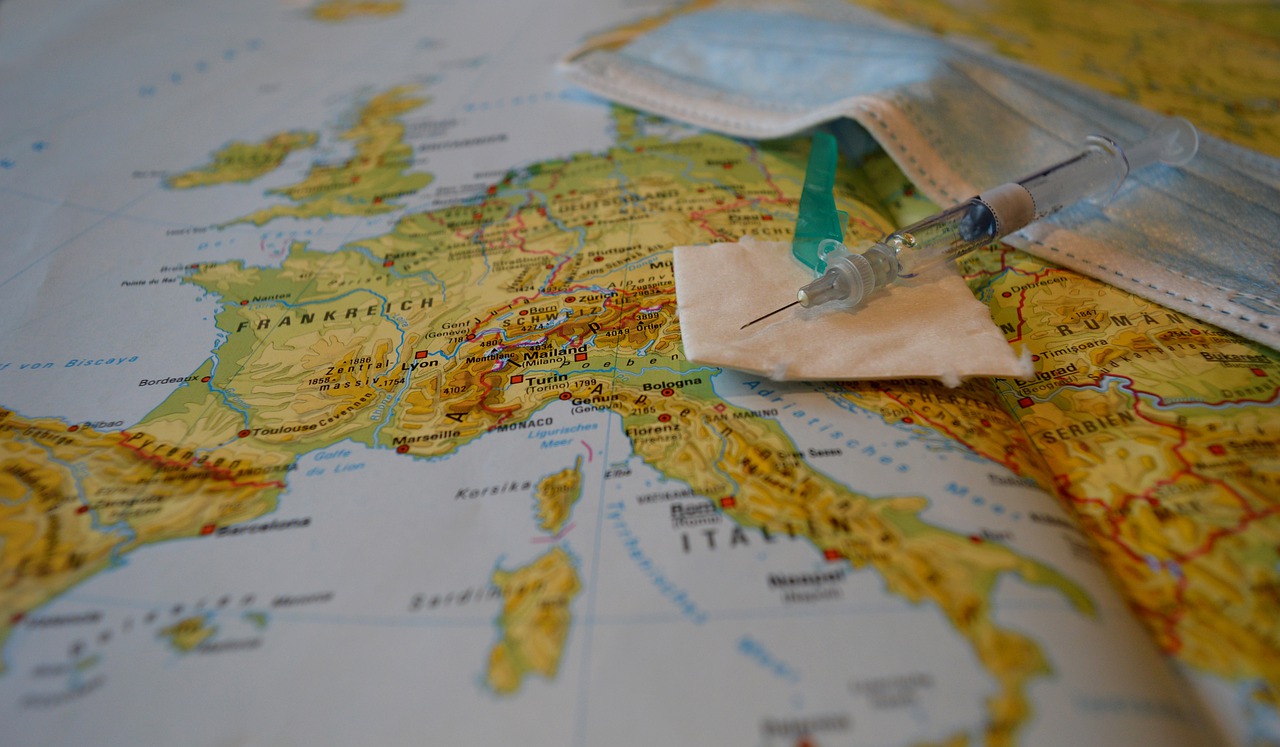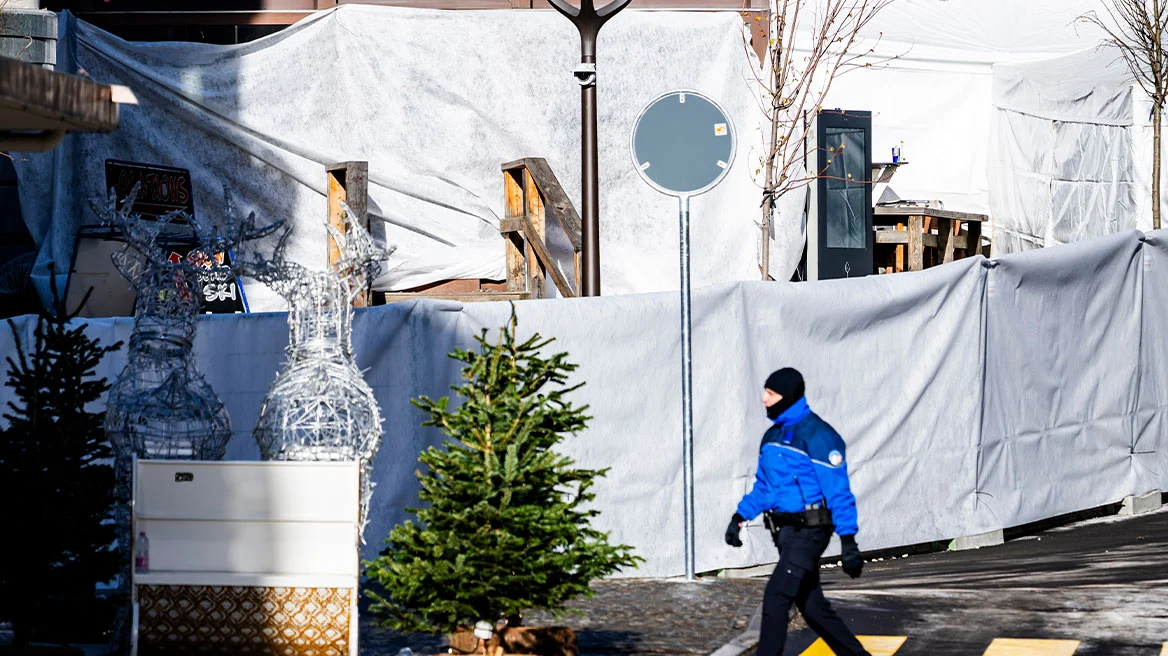A new report by the Economist Intelligence Unit shows that depending on where you live, the road to national inoculation protection against COVID-19 might still be a long one. The report shows that in many locations it will take years before a majority of the adult population has received the vaccine.
While major economies in Latin America are expected to achieve widespread coverage by mid-2022, the picture looks bleaker in Asia. Most emerging economies here are expected to take until the end of next year to achieve the feat. Even in the region’s advanced economies, vaccinations are starting up slower than elsewhere. Japan will only start its campaign in late February and is expected to arrive at majority immunization by mid-2022, just like South Korea and Vietnam. Only the region’s city-states and Taiwan are expected to have vaccinated 60-70 percent of their adult populations by the end of 2021.
Most European nations as well as the U.S., Israel and the Gulf states are on this trajectory as well, according to the EIU. Yet, the problem of supply and (fair) distribution of the Pfizer and AstraZeneca vaccines could cause some delays here. Currently, the UK has been getting ahead of its European peers in vaccination speed but stands accused of being favored by AstraZeneca (whose vaccine was developed together with the University of Oxford).
In many of the world’s developing nations, the vaccination timeline is expected to extend into 2023. This includes large parts of Africa. While the cheap and easy-to-store AstraZeneca variety will be given out to poorer countries through the Covax initiative, Russia, India, and China are also vying for contracts for their vaccine varieties in what the EIU dubs a boom of vaccine diplomacy.
While the Chinese vaccine by Sinopharm has already been approved in Egypt and is also expected to go to Peru, Morocco, and Hungary, another Chinese variety, Sinovac, will ship in significant volumes to Indonesia, Brazil, Chile, Turkey, and the Philippines. Russia’s biggest contracts are with India and Vietnam, while India will ship to Brazil.
source statista
 You will find more infographics at Statista
You will find more infographics at Statista
Ask me anything
Explore related questions





